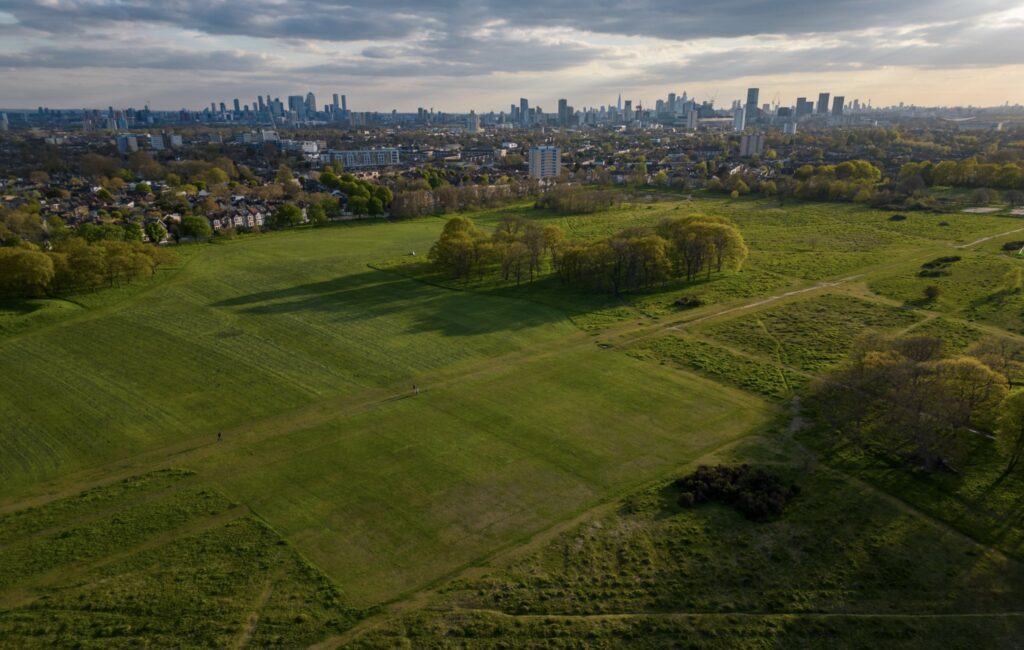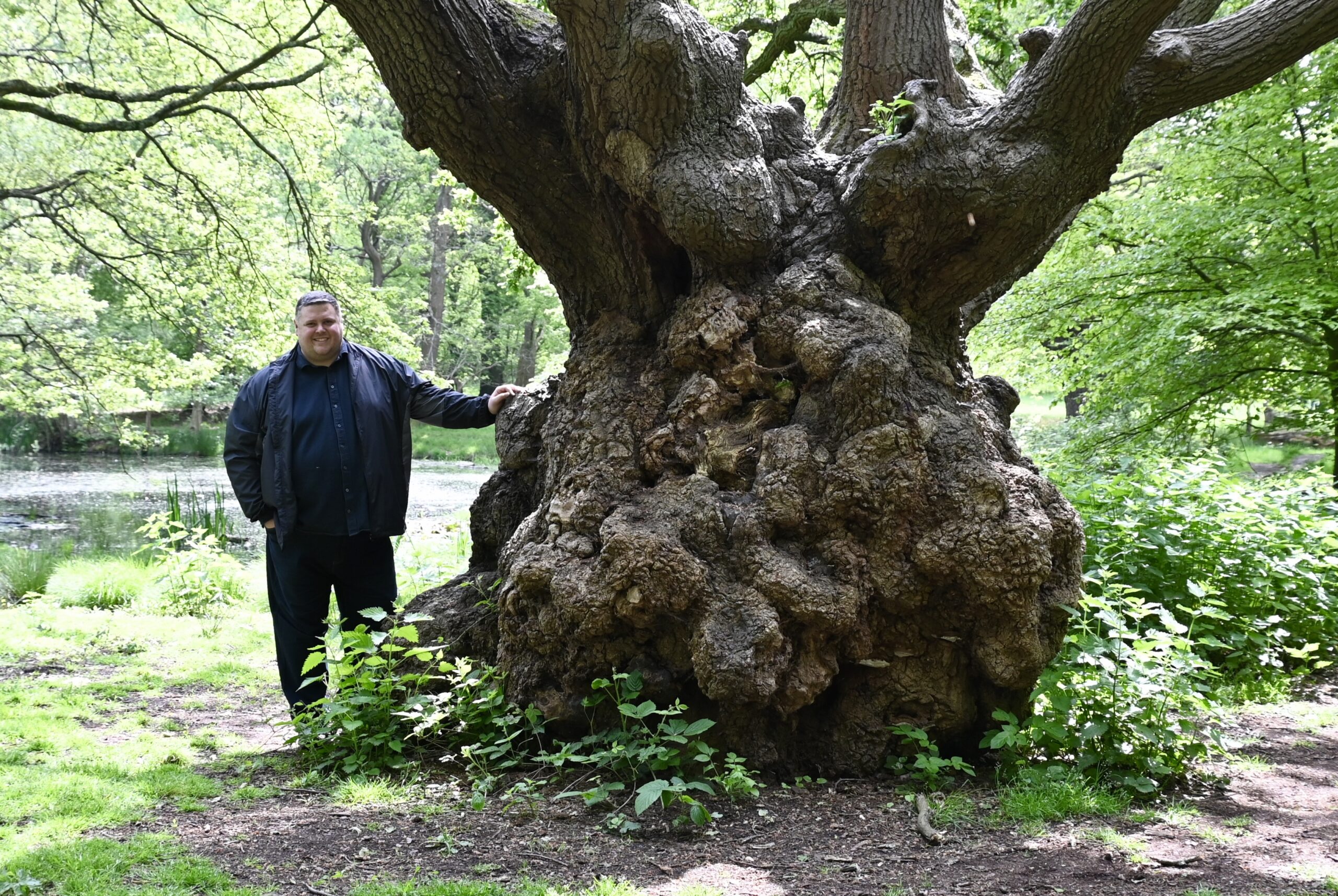A new report has revealed that Epping Forest – London and Essex’s largest green space – is worth around £64.4 million a year in public benefits, with a present value of £1.9bn over 50 years.
Epping Forest is conserved by the City of London Corporation as a registered charity as part of a network of internationally important open spaces which it manages across London and southeast England.
It is designated as a European Site of Special Scientific Interest, a Special Area of Conservation, and one of the few remaining extensive ancient forests in the south of England.
The report, produced by Natural Capital Solutions, calculated the value of a number of benefits Epping Forest delivers to the public, including through recreation, health and wellbeing, air and water quality, and by removing carbon from the atmosphere.
It found that the Forest’s health and recreation benefits alone are worth £50.7 million every year to society, and its ability to capture carbon from the atmosphere is worth £4.1 million annually.
The report also shows that the site delivers the highest benefit-to-cost ratio of all City Corporation-managed open spaces at 20.2, which means that for every £1 spent on service provision, the Forest delivers £20.20 in public benefits.

Epping Forest stretches from Manor Park in the south, through to Epping in the north, and covers an area of around 8,000 acres, which is roughly nine times the size of New York’s Central Park. It makes up 73% of the 11,000 acres protected by the City Corporation and attracts more than 10 million visitors per year – equivalent to almost the entire population of Sweden.
It is home to over one million trees, some of which are up to 1,000 years old – including 50,000 ancient pollards of beech, hornbeam, and oak. They support a wealth of insects and fungi including many rare and vulnerable species.
The Forest is of national and international conservation importance, containing two registered historic parks, eight listed buildings and four scheduled ancient monuments.
It provides access to facilities for physical activity and recreation such as walking and running, cycling, horse riding, angling, football, cricket and golf. There are three visitor centres, a museum and more than 100 ponds and lakes.
The report, which looked at the wider network of open spaces managed by the City Corporation, found the total combined value of all its sites to be worth £282.6 million each year in benefits to society overall, and £8.1 billion over 50 years.

Chairman of the City Corporation’s Epping Forest and Commons Committee, Ben Murphy, said:
“For the first time, we are able to articulate the economic value of the ‘green lungs of London’, using scientific methodology.
“As Conservators, this valuation of our natural capital assets helps us understand the impact of the work we do and will help inform future decision-making and resource allocation. It will also allow us to attract support from external stakeholders to deliver targeted improvements to further increase Epping Forest’s environmental and social value.
“Climate change, the risk of pests and diseases and increased local planning pressures all pose significant risks to the health and wellbeing of Epping Forest. This report enables us to think about what the cost of damage to the Forest might mean for us as a society. We must all redouble our efforts to ensure that never becomes a reality.”
The City Corporation spends £38 million a year on maintaining its open spaces. Many of these sites operate as charitable trusts and are run at little or no cost to the communities they serve.
They include a wide variety of critically important wildlife habitats, Sites of Special Scientific Interest, Special Areas of Conservation, and National Nature Reserves, and are protected under legislation, such as the Epping Forest Act 1878.
In total, these sites are home to 58,000 ancient trees, capture over 16,000 tonnes of carbon every year and attract over 47 million visitors annually – over three times the number who go to Premier League football matches every season, and almost eight times the number of annual visitors to the Grand Canyon.
These open spaces won five honours in 2023’s London in Bloom competition, with a further 15 taking Green Flag awards, recognising them as some of the best managed green spaces in the world. They host education courses reaching tens of thousands of school children every year.
They are an important part of the City Corporation’s Climate Action Strategy which commits the organisation to achieving net zero carbon emissions in its own operations by 2027, and to supporting the achievement of net zero for the whole Square Mile by 2040.

Notes to editors
The City of London Corporation, is the governing body of the Square Mile dedicated to a vibrant and thriving City, supporting a diverse and sustainable London within a globally-successful UK – www.cityoflondon.gov.uk.
Natural Capital is the sum of all the elements of nature that either directly or indirectly bring value to people and the country at large.
The Epping Forest & Commons Committee manages Epping Forest, West Wickham Common, Spring Park Wood, Coulsdon Common, Kenley Common, Farthing Downs, Riddlesdown, Burnham Beeches, Stoke Common and Ashtead Common.
New report: Epping Forest valued at £1.9 billion to society (cityoflondon.gov.uk)

Good morning, while I welcome the report and I’m sure its all very good i’d like to offer a different perspective. I used to visit the forest pretty much daily for exercise and mental health reasons. I am very much on the borderline in terms of income. In December I had just £1.30 in the bank after paying my essential bills. In the past year my rent has increased by 15%, my utility bills have doubled and my food costs are noticeably higher. I find myself having to purchase cheap processed foods and have started visiting the local food bank. I am not dirt poor or uneducated, I don’t drink or use drugs or commit crime. I do the best I can with what I’ve got. The forest was my sanctuary. Sadly I can no longer afford to visit purely because of the parking charges. I appreciate you ‘need’ the money but I’m afraid I cannot be sympathetic to an organisation that spends more on one lunch than my entire monthly pension. Please, please, please when you make your decisions, try to understand that not everyone is affluent and that the situation for many is truly dire. Not everything is about money.